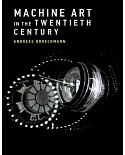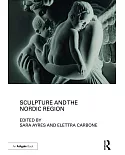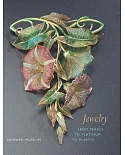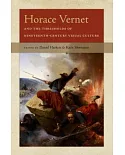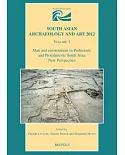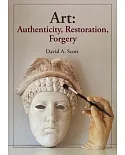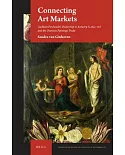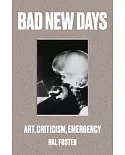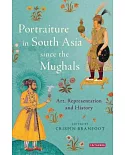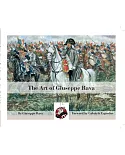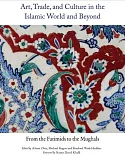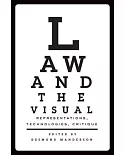Image-transforming techniques such as close-up, time lapse, and layering are generally associated with the age of photography, but as Florike Egmond shows in this book, they were already
being used half a millennium ago. Exploring the world of natural history drawings from the Renaissance, Eye for Detail shows how the function of identification led to image
manipulation techniques that will look uncannily familiar to the modern viewer.
Egmond shows how the format of images in nature studies changed dramatically during the Renaissance period, as
high-definition naturalistic representation became the rule during a robust output of plant and animal drawings. She examines what visual techniques like magnification can tell us about how
early modern Europeans studied and ordered living nature, and she focuses on how attention to visual detail was motivated by an overriding question: the secret of the origins of life.
Beautifully and precisely illustrated throughout, this volume serves as an arresting guide to the massive European collections of nature drawings and an absorbing study of natural history art
of the sixteenth century.


